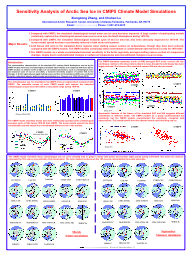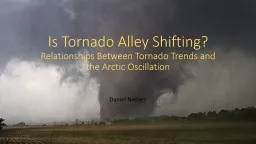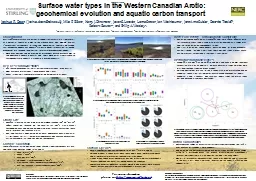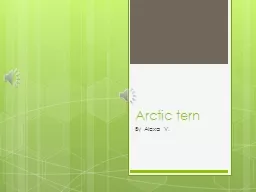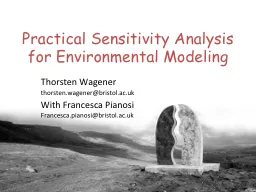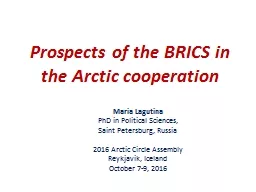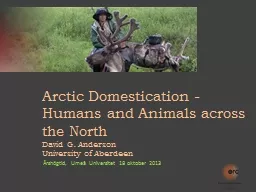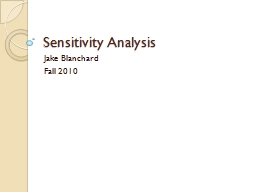PPT-Sensitivity Analysis of Arctic
Author : lam | Published Date : 2023-08-25
Sea Ice in CMIP5 Climate Model Simulations Xiangdong Zhang and Chuhan Lu International Arctic Research Center University of Alaska Fairbanks Fairbanks AK 99775
Presentation Embed Code
Download Presentation
Download Presentation The PPT/PDF document "Sensitivity Analysis of Arctic" is the property of its rightful owner. Permission is granted to download and print the materials on this website for personal, non-commercial use only, and to display it on your personal computer provided you do not modify the materials and that you retain all copyright notices contained in the materials. By downloading content from our website, you accept the terms of this agreement.
Sensitivity Analysis of Arctic: Transcript
Download Rules Of Document
"Sensitivity Analysis of Arctic"The content belongs to its owner. You may download and print it for personal use, without modification, and keep all copyright notices. By downloading, you agree to these terms.
Related Documents

